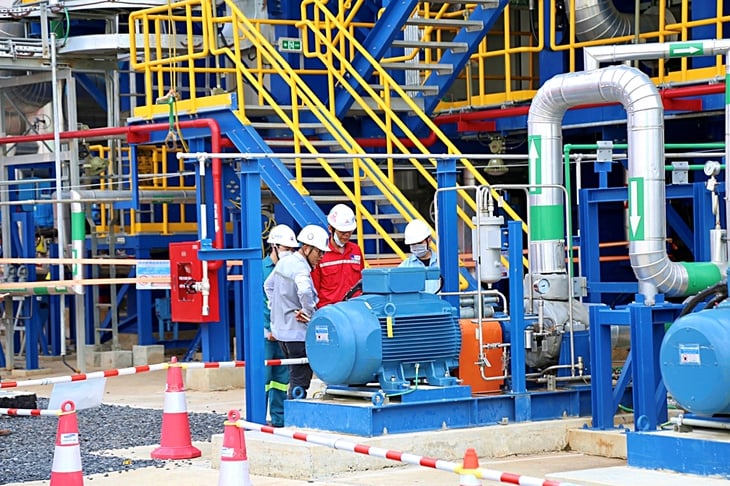
According to investors' assessment, currently only two projects, Nhon Trach 3 - 4 LNG Thermal Power Plant, are capable of being completed on time. In the photo: Nhon Trach 3 - 4 LNG project has entered commercial operation - Photo: T.NGOC
A series of investors have recently submitted petitions to the Prime Minister proposing mechanisms and policies for gas-fired power projects, while the Government is drafting a National Assembly resolution on mechanisms and policies to remove difficulties in national energy development in the 2026-2030 period due to concerns about risks in project implementation.
Fear of risk due to low underwriting
In the petition sent to the Prime Minister, businesses proposed to increase the commitment level of output consumption from 75% in the draft resolution recently submitted by the Ministry of Industry and Trade to the Government to 90%, applied for the entire duration of the power purchase contract.
Along with that, the project is supported with payment mechanisms for fixed costs, operation, maintenance in electricity prices, fuel consumption associated with the mechanism of transferring gas price contracts to electricity prices, mobilizing enough electricity sources to fulfill gas consumption obligations.
Investors also hope that in case the National Electricity System and Market Operator (NSMO) mobilizes insufficient fuel, resulting in fuel offtake obligations, Vietnam Electricity (EVN) will pay the insufficient mobilized portion and support a payment mechanism in foreign currency at the actual exchange rate.
Talking to Tuoi Tre , Mr. Le Minh - an expert in the oil and gas sector - said that the gas/LNG power project has a large scale and investment rate of up to billions of USD, so the proposed commitment level of 75%, implemented within 10 years, is considered a low commitment level, causing many risks for investors when the life cycle of the gas/power project is up to 22 - 25 years.
Due to the large scale of the project, if investors cannot prove economic efficiency, it will be difficult to arrange and mobilize capital from banks and sponsors. Not to mention the level of consumption is only implemented for 10 years, making investors, especially foreign investors, afraid of risks if after that time they do not mobilize according to the commitment to consume output, the project may collapse, while the source of gas/LNG fuel will mostly have to be imported at market prices.
Meanwhile, Mr. Nguyen Quoc Thap - Chairman of the Vietnam Petroleum Association - also said that if the production commitment level is 75%, it will not be attractive enough and investors will find it difficult to make a final decision, making it impossible for banks to arrange capital.
"However, the commitment to purchase output, whether it is 75% or increased to 85% or 90% if it creates favorable conditions and attracts investors, will pose risks to EVN when this group has to commit to and buy electricity from gas-fired power projects," Mr. Thap said.
Considering the pilot mechanism of electricity purchase and sale
Therefore, according to Mr. Thap, instead of the output guarantee mechanism, it is possible to consider studying the option of applying the direct power purchase mechanism (DPPA) to power projects with large consumers who have a need to use electricity, that is, to let the market decide instead of the current Government/EVN having to commit to guarantee.
The application of this policy is also consistent with Resolution 70 of the Politburo, which aims to promote the direct electricity trading mechanism, as well as help free up investment in power transmission grid infrastructure, helping buyers and sellers of electricity directly invest in transmission grid infrastructure. According to Mr. Thap, it is necessary to establish a DPPA mechanism for investors of gas-fired power projects with large industrial households and industrial parks.
The implementation of this mechanism will be the basis for synchronous planning to link industrial zones as electricity consumers, synchronous electricity consumption with gas/LNG power plants and gas import zones, creating synchronization in the production chain, electricity/LNG consumption. This also helps to facilitate electricity transmission, and businesses as consumers have the opportunity to declare the use of energy sources in production.
However, Mr. Le Minh said that the application of the DPPA mechanism needs to be cautious and piloted step by step. Because according to the adjusted Power Plan 8, the installed capacity of gas-fired electricity using domestic gas sources will increase from 7GW to 16GW, and the power source using imported liquefied natural gas will increase from 0.8GW to 22.5GW. If the projects are implemented, gas-fired electricity will account for a large proportion of the system, equivalent to 30% of the power system's capacity.
Therefore, if the entire DPPA mechanism is immediately applied, it may lead to the risk of breaking the structure of the power system and balancing the power supply for the regions. Not to mention, this will be difficult to implement for power projects of foreign investors, which usually require commitment to purchase, government guarantees, and factors related to the difference between VND/USD, fuel imports, etc.
Therefore, Mr. Le Minh believes that it is possible to pilot step by step with domestic investors related to the DPPA mechanism on the basis of standardizing power purchase contracts, balancing the interests of all parties and being flexible in the electricity price commitment mechanism, in accordance with the project implementation practices of investors.
Japan wants to help remove obstacles in capital mobilization
The Japanese Embassy has also sent a petition to the Prime Minister proposing support and removing obstacles for businesses' proposals in the process of developing and mobilizing capital, especially when implementing large-scale independent power projects (IPPs), helping to establish a risk allocation mechanism and ensure the financial feasibility of the project.
Along with that, it is necessary to build a long-term, stable power purchase contract mechanism and remove bottlenecks in licensing, capital mobilization... to create conditions for Japanese and Korean enterprises, which are important economic partners of Vietnam, to contribute to Vietnam's energy security and economic growth.
According to the Japanese Embassy, these are pioneers in implementing large-scale gas/LNG power projects, which are included in the power planning. Therefore, the Government's support to remove difficulties for businesses contributes to implementing policies on energy development.
It is not known when the project will start.
According to the draft resolution recently submitted by the Ministry of Industry and Trade to the Government, gas/LNG power projects that are deployed and put into operation before January 1, 2031 will be subject to the mechanism of long-term minimum contract electricity output of no less than 75% of the average electricity output generated over many years and the applicable period is within the repayment period of principal and interest, but not more than 10 years from the date the project is put into operation to generate electricity.
In a petition sent to the Prime Minister, nearly a dozen investors of gas-fired power projects such as LNG Quang Ninh, LNG Thai Binh, LNG Hai Lang, LNG Long An, O Mon 2 power project... expressed concern that the above policy could affect the implementation of the project. In fact, these projects are also facing difficulties in negotiating power purchase agreements (PPA), gas sales agreements (GSA), capital arrangements and investment procedures, and "it is not known when the project will start".
According to businesses, if gas-fired power plants are not put into operation on time, it will be difficult to have a base source of electricity and maintain a stable power supply. This leads to the possibility that the revised Power Plan 8 cannot be implemented, failing to ensure power supply for economic development.
Source: https://tuoitre.vn/kho-hut-dau-tu-dien-khi-vi-co-che-20251031081647136.htm


![[Photo] Prime Minister Pham Minh Chinh attends the 5th National Press Awards Ceremony on preventing and combating corruption, waste and negativity](https://vphoto.vietnam.vn/thumb/1200x675/vietnam/resource/IMAGE/2025/10/31/1761881588160_dsc-8359-jpg.webp)



![[Photo] Da Nang: Water gradually recedes, local authorities take advantage of the cleanup](https://vphoto.vietnam.vn/thumb/1200x675/vietnam/resource/IMAGE/2025/10/31/1761897188943_ndo_tr_2-jpg.webp)

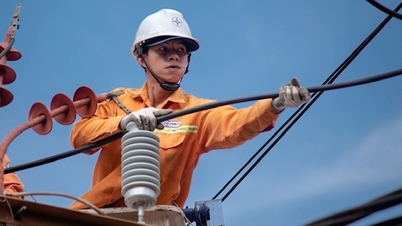



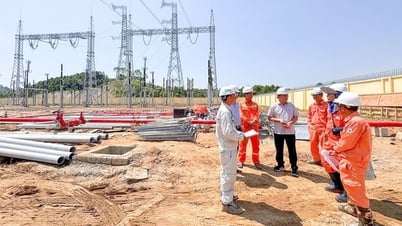
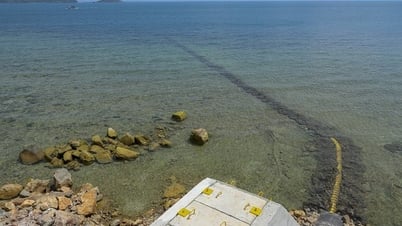

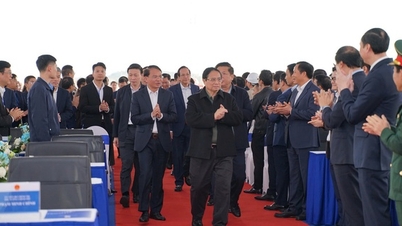
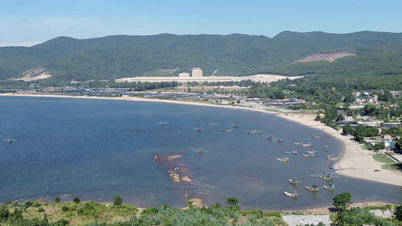
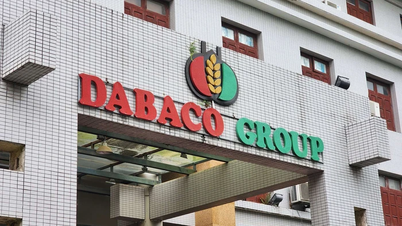


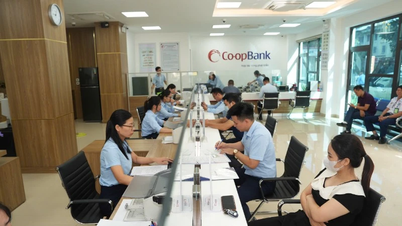



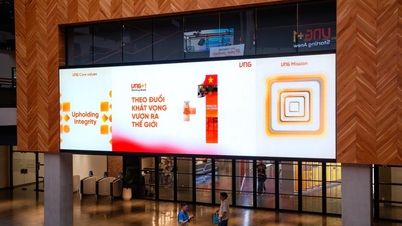

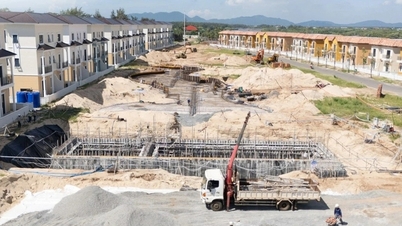





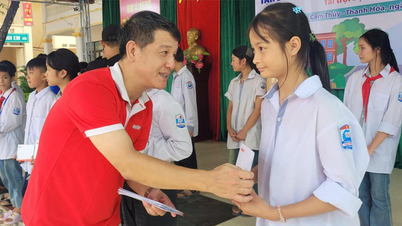

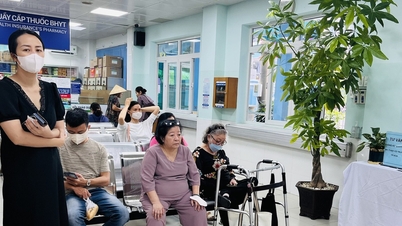
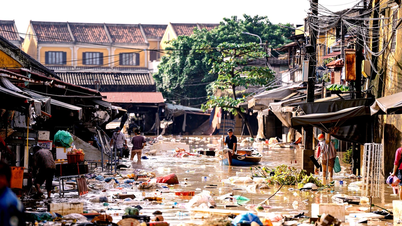

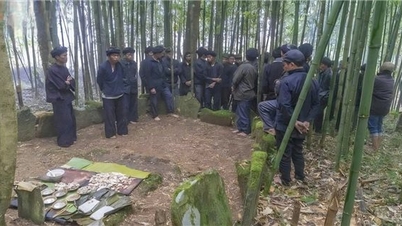

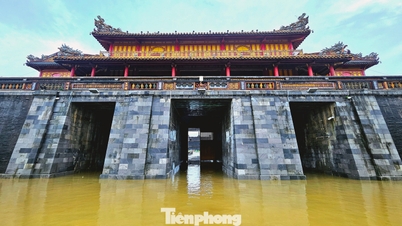

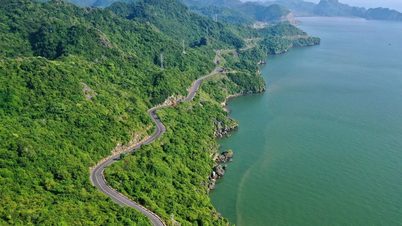








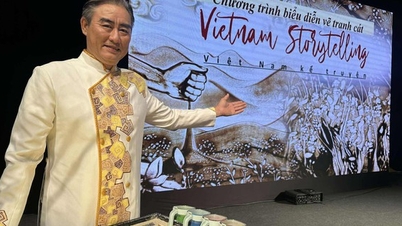


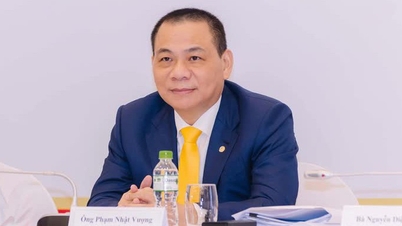
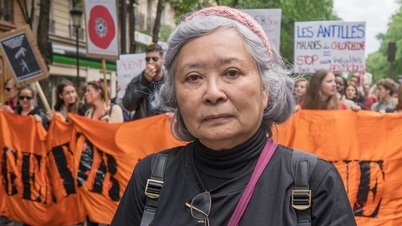

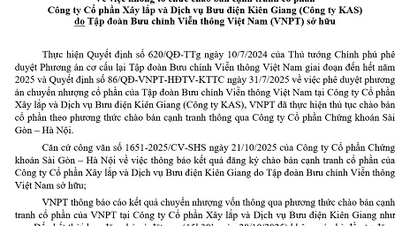


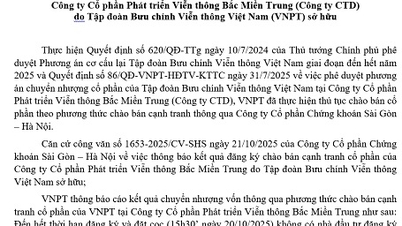
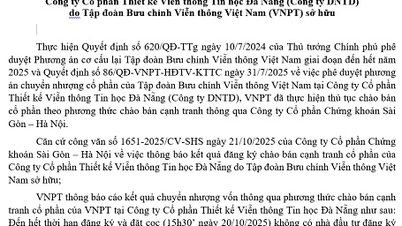






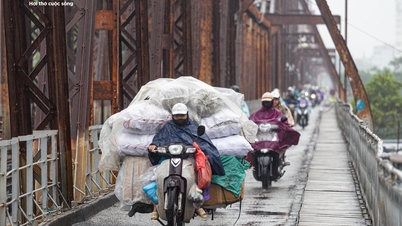
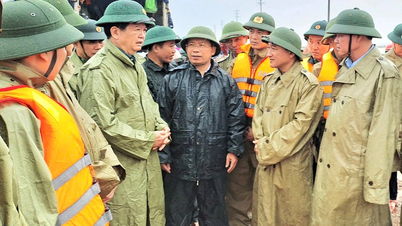
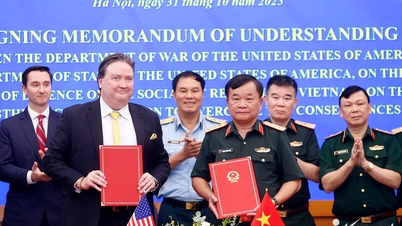



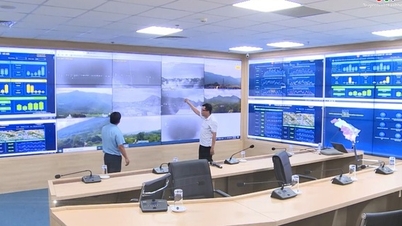

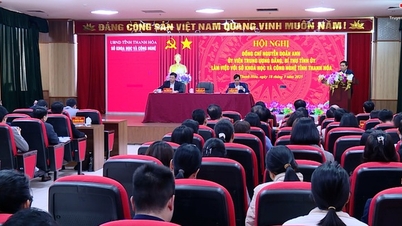
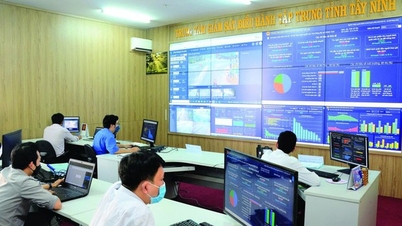


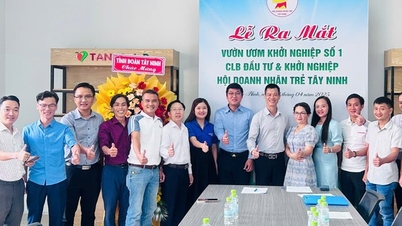

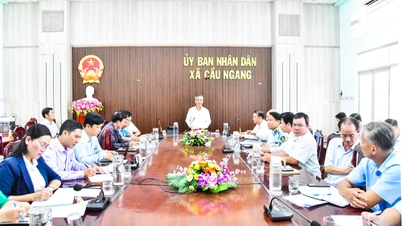



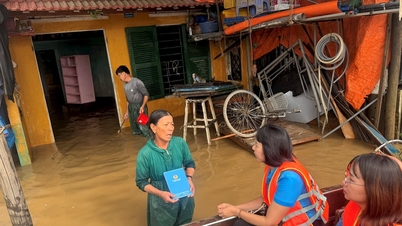
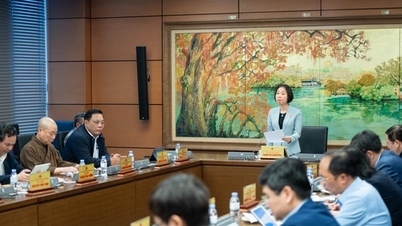

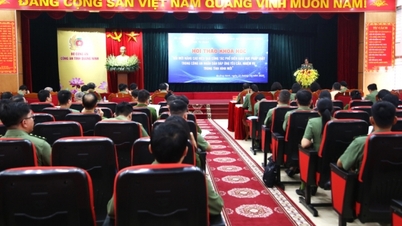

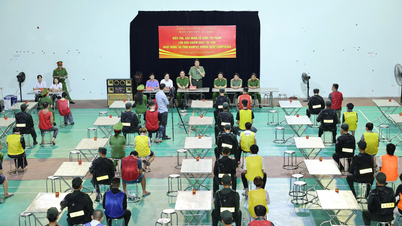













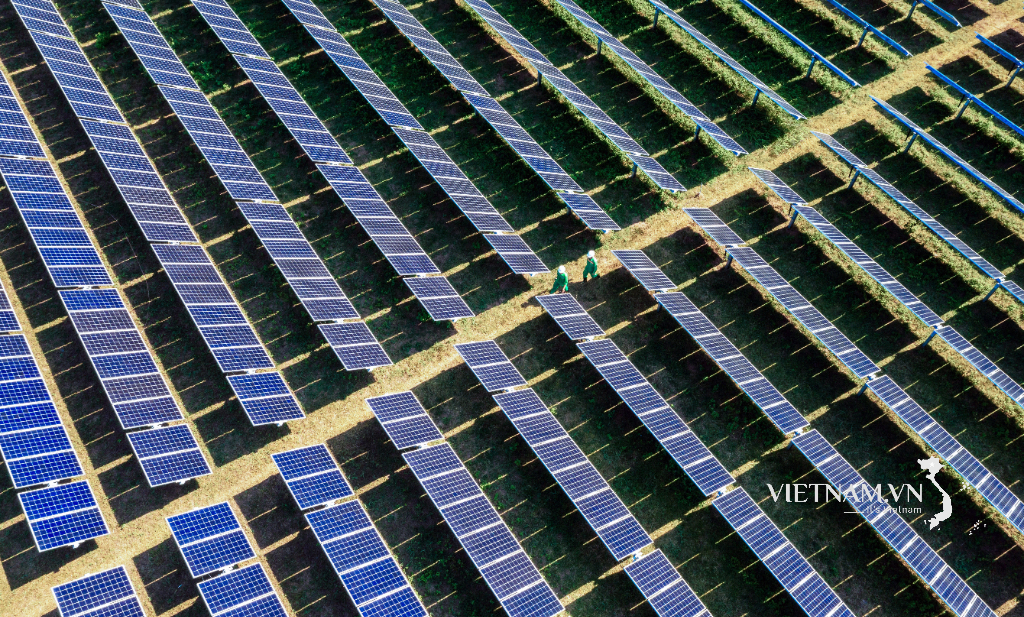

Comment (0)